Mercado Seongdong de Gyeongju (경주 성동시장)
13.3Km 2025-03-17
Wonhwa-ro 281-beongil 11, Gyeongju-si, Gyeongsangbuk-do
El Mercado Seongdong, situado en la ciudad de Gyeongju, provincia de Gyeongsangbuk-do, abrió en 1971 y está formado por unas 300 tiendas y 30 puestos callejeros aproximadamente.
Calle Hwangnidan-gil de Gyeongju (경주 황리단길)
13.3Km 2025-03-19
Poseok-ro 1080, Gyeongju-si, Gyeongsangbuk-do
Tumba Cheonmachong (Parque Daereungwon) (천마총(대릉원))
13.3Km 2025-04-25
Gyerim-ro 9, Gyeongju-si, Gyeongsangbuk-do
En Gyeongju, en el parque Daereungwon, se pueden observar las grandes tumbas de monarcas y nobles del reino de Silla. Dentro de este parque se sitúan 23 tumbas enormes, entre las cuales se destacan las tumbas Cheonmachong y Hwangnamdaechong, las más grandes y antiguas. En una exploración y excavación del área, realizada en 1970, se descubrió la tumba Cheonmachong, dentro de la que se halló una pintura antigua de un caballo celestial. Esta pintura es la única descubierta de los antiguos tiempos de la dinastía Silla. Dentro de esta tumba se encontraron 11.526 reliquias y coronas del monarca, que fueron trasladadas al museo. Todos estos objetos muestran la vida lujosa que llevaban los reyes de aquella época. Otra atracción turística es la tumba Hwangnamdaechong, que es el enterramiento antiguo más grande. Era un sepulcro matrimonial y en su interior se hallaron los restos del rey y la reina, con más de 30.000 accesorios y adornos de oro. El aspecto más destacable de la tumba Hwangnamdaechong es que en el sepulcro de la reina se encontraron más adornos lujosos que en el del rey. De hecho, los investigadores llegaron a la conclusión de que la reina podía ostentar una alta posición social aún antes del matrimonio real, y la jerarquía de la mujer en aquellos tiempos era muy respetada. Recorriendo estas tumbas, podrá vivir en carne propia la cultura antigua, de más de 1.500 años de historia.
Gyeongju Ssambap Street (경주 쌈밥거리)
13.3Km 2025-03-19
9 Gyerim-ro, Gyeongju-si, Gyeongsangbuk-do
Alrededores del Parque Daereungwon de Gyeongju (경주 대릉원 일원)
13.3Km 2025-04-25
Hyerim-ro 9, Gyeongju-si, Gyeongsangbuk-do
Los Alrededores del Parque Daereungwon de Gyeongju consta de cinco tumbas: las de Nodong-ri, Noseo-ri, Hwangnam-ri, Hwango-ri e Inwang-ri. Las tumbas se distribuyen en el barrio de Hwangnam-dong de la ciudad de Gyeongju y se ubican en las inmediaciones de Daereungwon. Dentro de Daereungwon se encuentra la Tumba Cheonmachong, excavada en 1973. Otra tumba a destacar es Hwangnamdaechong, excavada entre 1973 y 1975, las cuales son tumbas gemelas.
Playa Bonggil Daewangam (봉길대왕암해변)
13.4Km 2025-09-24
Bonggilhaean-gil, Yangbuk-myeon, Gyeongju-si, Gyeongsangbuk-do
Festival de la Cultura de Silla (신라문화제)
13.4Km 2025-07-25
Nodong-dong 261, Gyeongju-si, Gyeongsangbuk-do
054-776-5265
Desde 1962, el Festival de la Cultura de Silla ha sido una celebración cultural significativa realizada en la ciudad de Gyeongju. Es un festival cultural que convoca al espíritu del antiguo reino de Silla, que supo tener una destacada historia y cultura. También presenta la visión de Gyeongju de ser un espacio de intercambio cultural y turismo. El festival les permite a los residentes y turistas unirse bajo un ambiente de interacción positiva, expandiendo asimismo la imagen de Gyeongju como sitio histórico y destino turístico cultural con una herencia milenaria.
Surime (Instituto de Experimentación de Comida Tradicional de Corea) (수리뫼 [한국전통음식체험교육원])
13.5Km 2021-01-22
Poseok-ro 110-26, Naenam-myeon, Gyeongju-si, Gyeongsangbuk-do
+82-54-748-2507
El monte Namsan, situado en la zona sur de la ciudad de Gyeongju, está registrado en la Unesco conlas denominaciones de Gouisan por su pico más alto, Cheollyongsan y también Surimoe en coreano puro.
El Instituto de Experimentación de Comida Tradicional de Corea, Surime, es dirigido por Park Mi-suk, quien estudió bajo Hwang Hye-seong, propietario del Bien Cultural Intangible Nº 38 por la cocina de la realeza de la dinastía Joseon. El instituto ofrece varios cursos de cocina tradicional.
Tumba Geumgwanchong (금관총)
13.5Km 2021-05-18
Noseo-dong, Gyeongju-si, Gyeongsangbuk-do
Geumgwanchong se ubica en Noseo-dong, Gwangju, y es una tumba de la dinastía de Silla (a.C 57 a d.C 935). Es una de las tres tumbas del centro de Gwangju que pertenece al distrito de Noseo-dong. No se conoce con certeza, pero se cree que la tumba Geumgwanchon pertenece al cuerpo de un rey anterior o posterior al rey Ji-Jeung a principios del siglo VI. Fue descubierta en septiembre de 1921 cuando el se estaban allanando las tierras para expandir la superficie. La primera reliquia que se encontró en esta tumba es una corona de oro (que en coreano se dice “geumgwan”), que le dio su nombre. También se econtraron en esta tumba ornamentos como cintos de oro, aros, pulseras, accesorios y vajilla de la época de los Tres Reinos (cuando Goguryeo, Baekje, y Silla se separaron para luego unificarse en Silla en 676 d.C). Se encontraron numerosas reliquias, más de 30.000 solo contando los accesorios. La estructura original de Geumgwanchong era de 13 metros de alto y 50 metros de diámetro. Las reliquias de esta tumba fueron transferidas y se preservan en el Museo Nacional de Gyeongju.
Surime (수리뫼)
13.5Km 2024-11-28
110-32, Poseok-ro, Gyeongju-si, Gyeongsangbuk-do
+82-54-748-2507
Surime is surrounded by Gyeongju Namsan Mountain, a designated UNESCO World Cultural Heritage Site. Surime serves royal cuisine from the Joseon dynasty, prepared by royal cuisine expert Park Misuk. All dishes are prepared with fresh ingredients grown in the Surime garden for a pure, natural taste. In addition to being a restaurant, guests can also participate in various food programs.
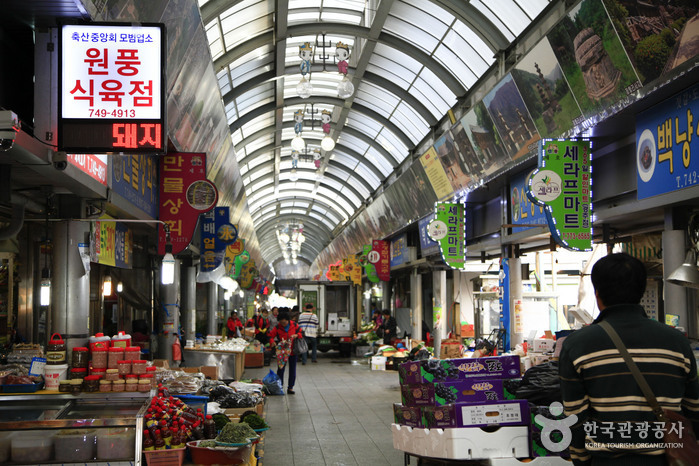
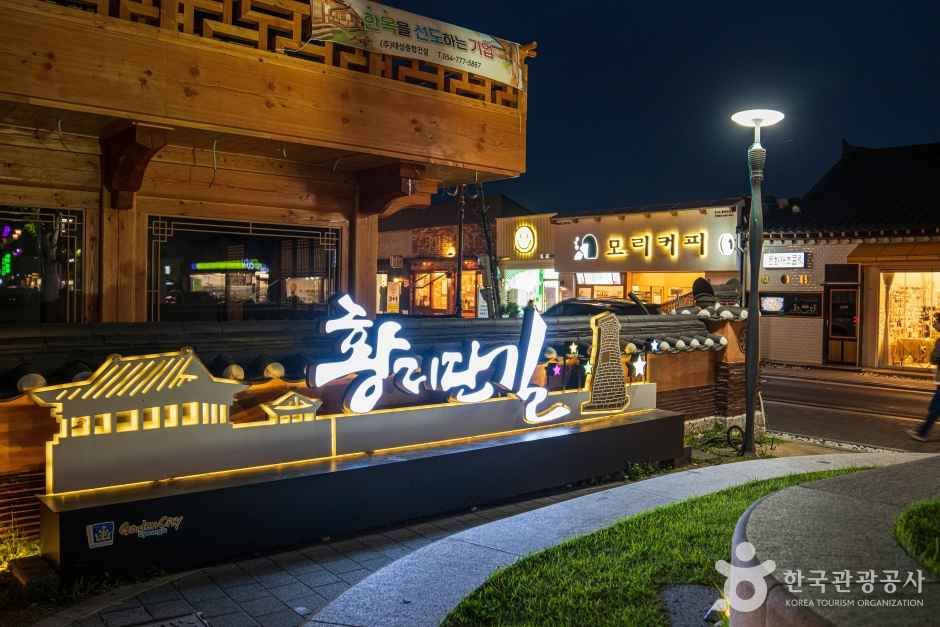
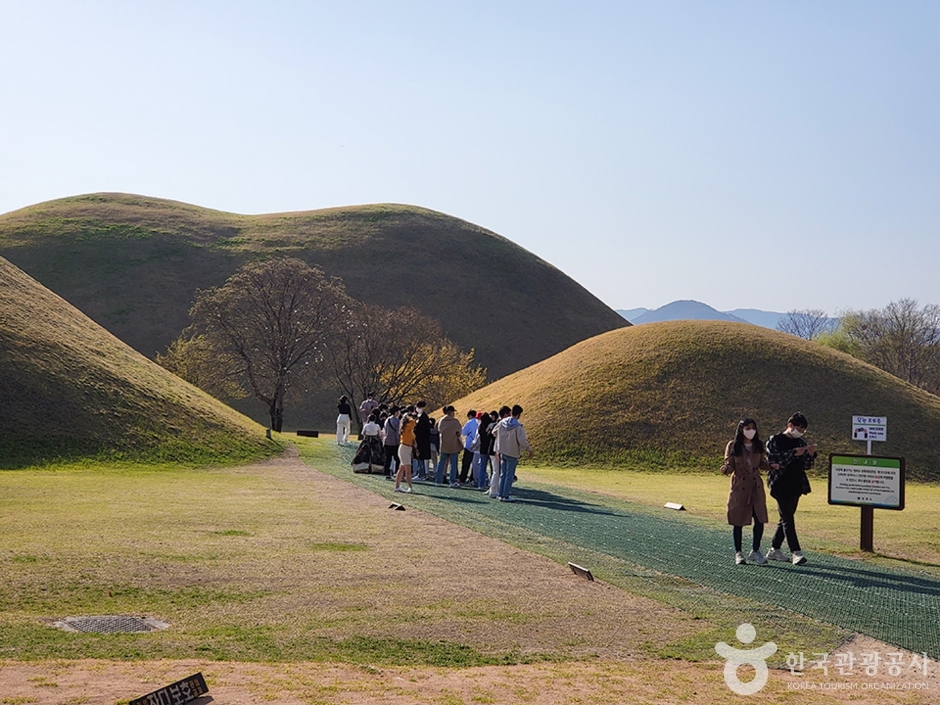
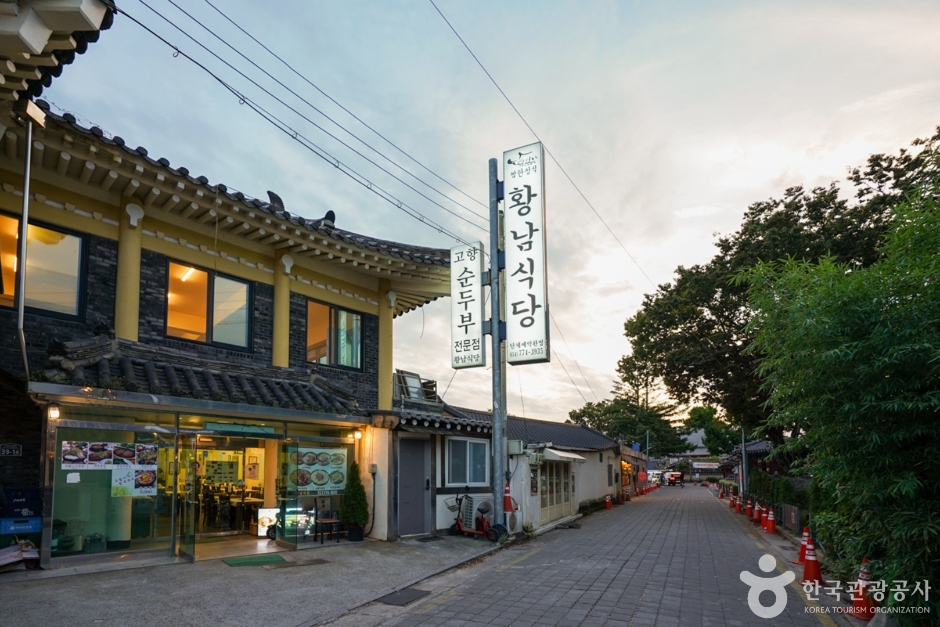
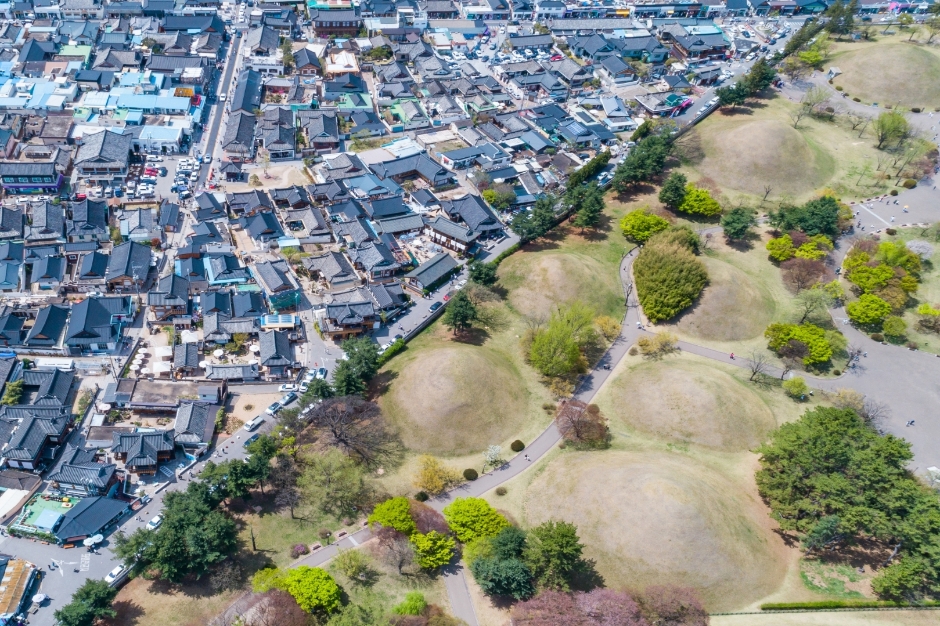
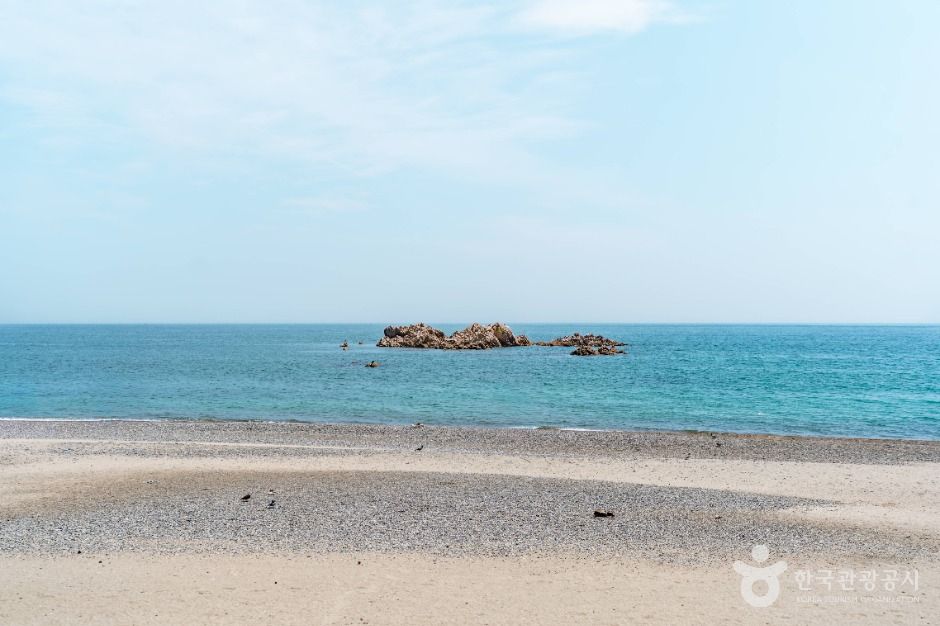
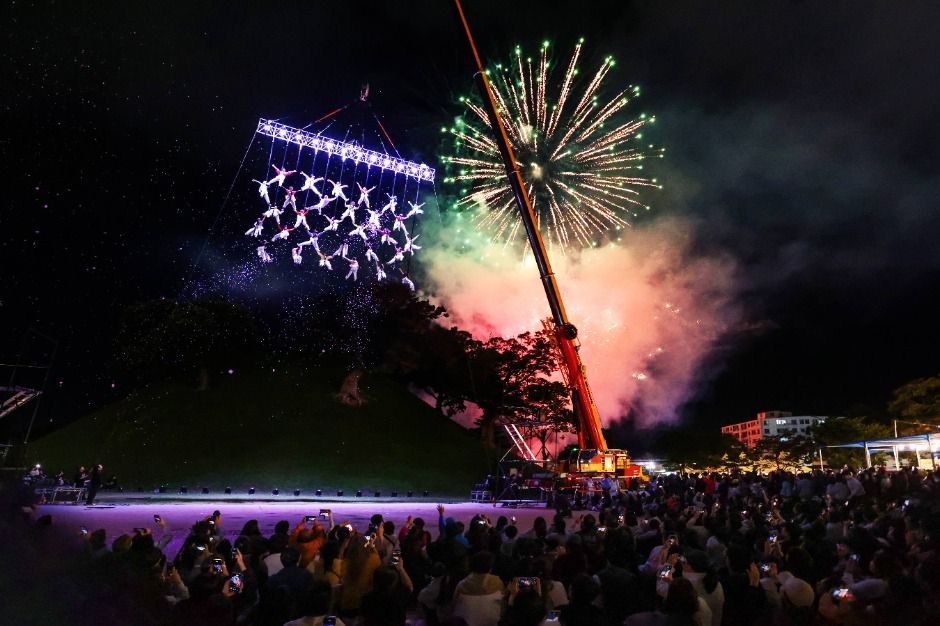
![Surime (Instituto de Experimentación de Comida Tradicional de Corea) (수리뫼 [한국전통음식체험교육원])](http://tong.visitkorea.or.kr/cms/resource/98/1967598_image2_1.jpg)
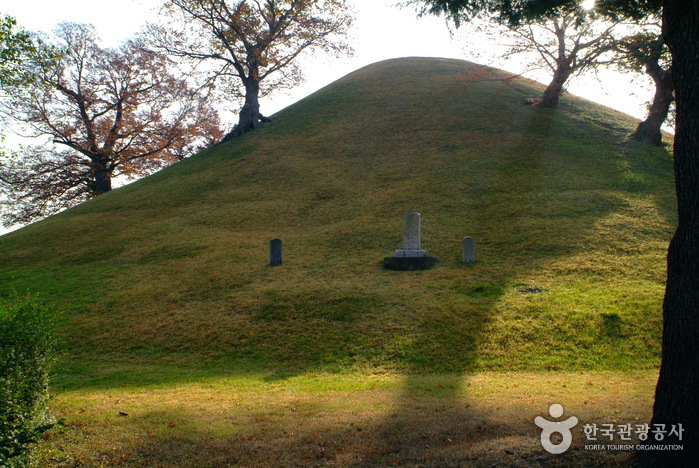
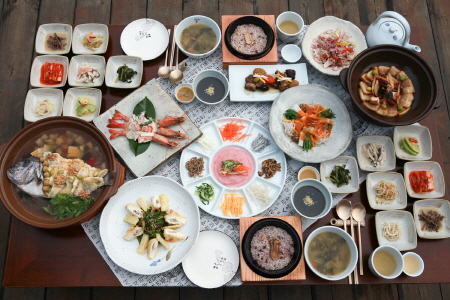
 Español
Español
 한국어
한국어 English
English 日本語
日本語 中文(简体)
中文(简体) Deutsch
Deutsch Français
Français Русский
Русский